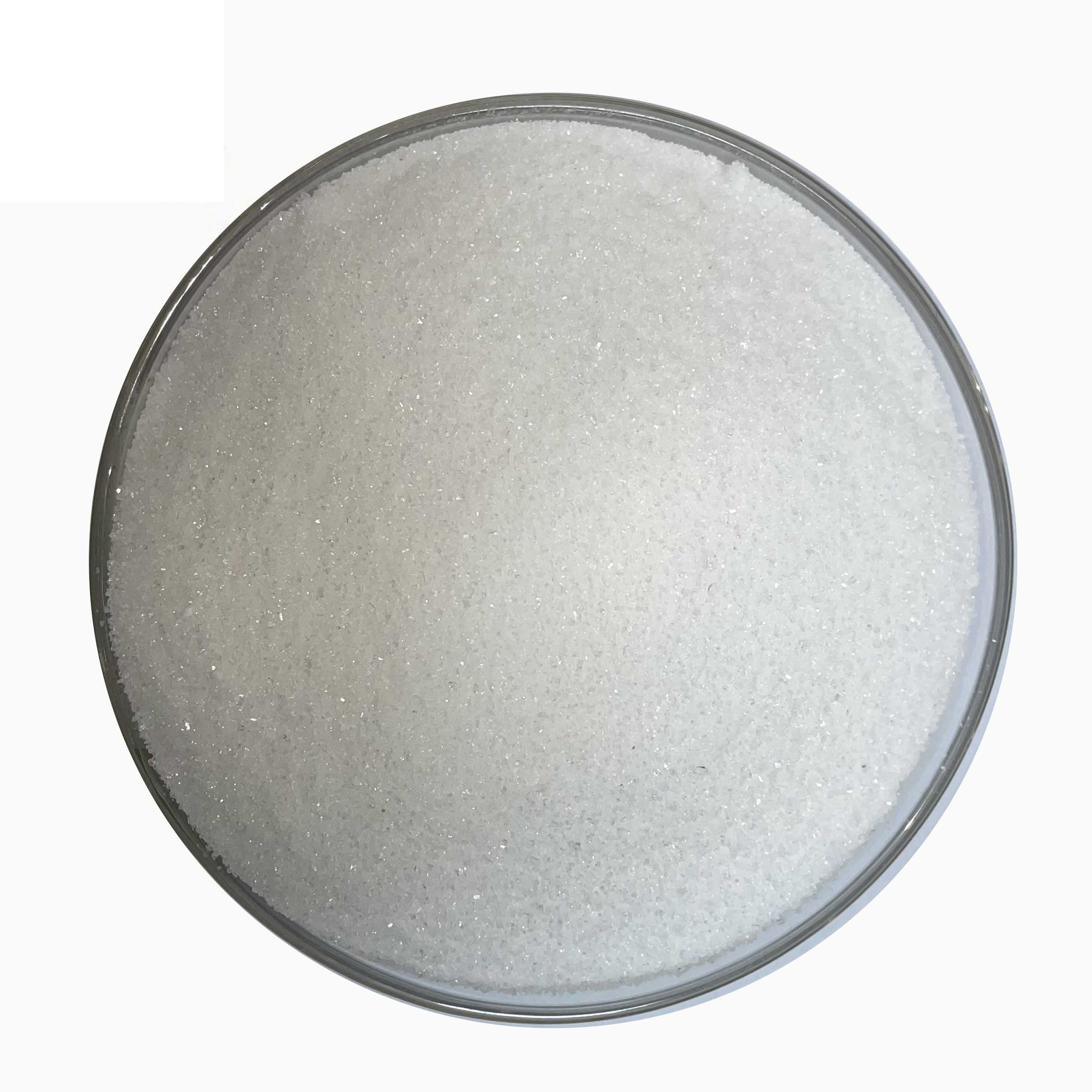
ต.ค. . 13, 2024 08:55 Back to list
Understanding the Benefits and Uses of Monoammonium Phosphate Fertilizer in Agriculture
The Role of Monoammonium Phosphate Fertilizer in Agriculture
Monoammonium phosphate (MAP) is a popular and effective fertilizer widely used in agriculture to promote plant growth and enhance crop yields. This compound is a salt formed from the reaction of phosphoric acid and ammonia, and it has gained a strong reputation due to its high nutritional content and suitability for a variety of crops. In this article, we will explore the properties, benefits, application methods, and environmental considerations associated with using monoammonium phosphate fertilizer.
Properties of Monoammonium Phosphate
MAP typically contains around 11% nitrogen (N) and 48% phosphate (P2O5), making it an excellent source of these essential nutrients. The nitrogen component is vital for plant growth, as it plays a significant role in the formation of proteins and nucleic acids. On the other hand, phosphorus is crucial for energy transfer and photosynthesis, promoting root development and flowering.
MAP is highly soluble in water, which allows for rapid uptake of nutrients by plants. This solubility makes it an excellent choice for fertigation (the application of fertilizers through irrigation systems) as well as for broadcasting on the soil surface. Moreover, the high phosphorus content in MAP supports early root development, which is essential for establishing healthy plants.
Benefits of Monoammonium Phosphate Fertilizer
One of the primary benefits of using monoammonium phosphate is its ability to enhance crop yields. The balanced nutrients provided by MAP help to ensure robust plant growth, leading to improvements in both quantity and quality of the harvested crops. Additionally, the early establishment of the root system facilitated by MAP application can improve drought resistance and overall plant resilience.
MAP is versatile and can be applied to a wide range of crops, including cereals, legumes, fruits, and vegetables. Its compatibility with different soil types and climatic conditions makes it suitable for global usage. Farmers appreciate the ease of handling and application of MAP, as it is available in both granular and liquid forms.
Furthermore, MAP can be mixed with other fertilizers, allowing for customized nutrient management tailored to the specific needs of different crops and soil conditions. By strategically using MAP in conjunction with other soil amendments, farmers can optimize their fertilization practices and achieve more sustainable agricultural production.
monoammonium phosphate fertilizer

Application Methods
The application of monoammonium phosphate can be performed through various methods. Broadcasting, where the fertilizer is distributed evenly over the soil surface, is one common technique. This method is especially effective for crops with wide spacing or for application prior to tillage.
Fertigation is another popular method, particularly in high-value crops such as fruits and vegetables. By mixing MAP with irrigation water, farmers can provide a steady supply of nutrients directly to the plant roots, maximizing efficiency and minimizing nutrient losses.
The timing and rate of application are critical factors to consider when using MAP. Early application, ideally at planting time, allows for better nutrient availability during the critical stages of crop establishment. Soil testing can help determine the appropriate dosage, ensuring that plants receive the optimal amount of phosphorus and nitrogen without the risk of over-fertilization.
Environmental Considerations
While monoammonium phosphate offers numerous benefits to agricultural practices, it is essential to use it responsibly to mitigate potential environmental impacts. Over-application of fertilizers, including MAP, can lead to nutrient runoff, which can harm local water bodies by causing eutrophication. This phenomenon results in excessive algae growth, depleting oxygen levels and harming aquatic life.
To minimize environmental risks, farmers should employ best management practices, such as regular soil testing, following recommended application rates, and utilizing integrated nutrient management strategies. This holistic approach can help maintain soil health and promote sustainable farming practices.
Conclusion
Monoammonium phosphate fertilizer is a vital tool in modern agriculture, providing essential nutrients that facilitate healthy plant growth and high crop yields. By understanding its properties, benefits, and appropriate application methods, farmers can optimize their fertilization strategies and contribute to sustainable agricultural practices. As the agricultural landscape continues to evolve, the responsible use of monoammonium phosphate, in conjunction with other nutrient management practices, will play a crucial role in meeting global food demand while minimizing environmental impact.
-
Premium 8 12 16 Fertilizer – High-Efficiency Compound & Granular NPK Supplier
NewsJun.10,2025
-
High Quality Agricultural Grade NPK Fertilizer Manufacturer & Supplier Reliable Factory Price
NewsJun.10,2025
-
Organic Fertilizer for Corn Boost Yield Sustainably
NewsJun.10,2025
-
Organic Fertilizer for New Plants Natural Growth Boost & Eco Nutrients
NewsJun.10,2025
-
Optimized Hydroponic NPK Fertilizer – Fast Growth & Nutrients
NewsJun.09,2025
-
Top-Rated NPK Fertilizer for Fruit Trees - Boost Growth & Yield
NewsJun.09,2025
